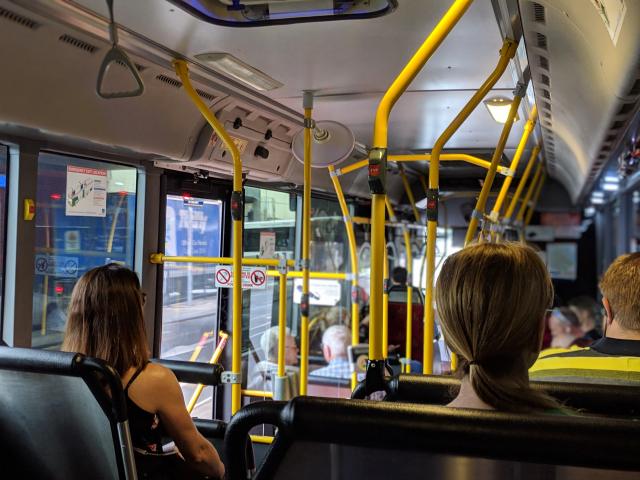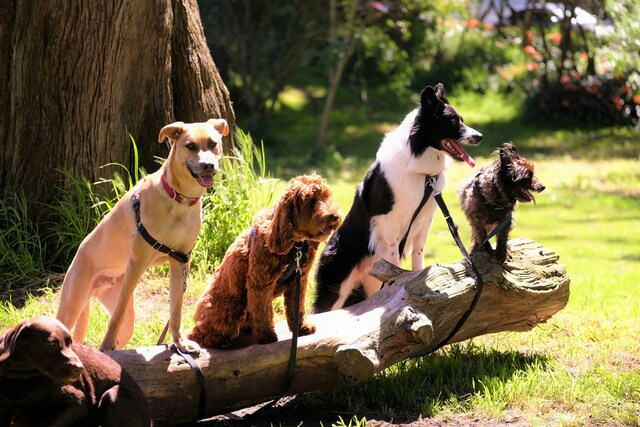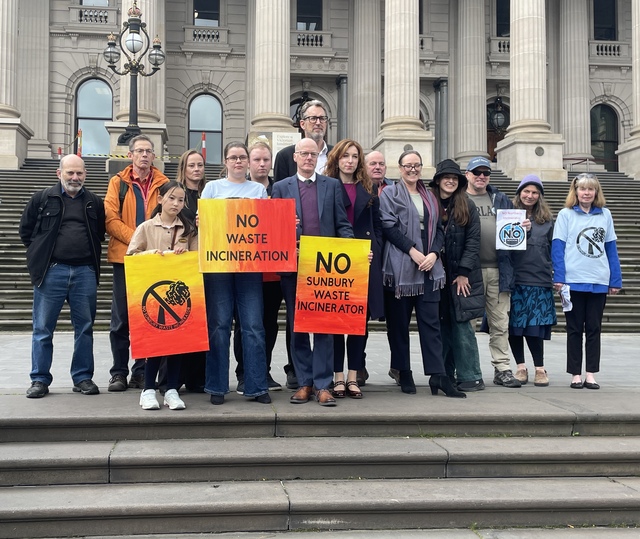Craigieburn and Epping have identified as priority outer growth areas deserving of Immediate upgrades to the frequency of bus services according to a new report into bus services in Melbourne.
Infrastructure Victoria released the, ‘Fast, frequent, fair: how buses can better connect Melbourne’ earlier this month, detailing how reforms to Melbourne’s bus network would significantly improve access to jobs and recreation for thousands of people.
The report lists 10 recommendations for improvements that would uplift Melbourne’s bus infrastructure including creating priority bus lanes, the implementation of a 10 minute frequency timetable and more direct routes.
The Cloverton Estate in Kalkallo was used as a case study in the report. In 2016, Kalkallo had a population of just 112 and had increased to 5550 according to 2021 census data.
“Cloverton Estate has only one arterial road connection in and out of the estate (Donnybrook Road),” the report said. “This creates significant congestion during the morning peak with delays of up to an hour and traffic queues of over one kilometre long.
“Households furthest from Cloverton’s access to Donnybrook Road are a 40-minute walk from their closest bus stop.
“Without competitive and high quality bus infrastructure serving the needs of the Cloverton Estate community when residents first moved in, the Victorian government has missed a crucial opportunity to offer genuine travel choice and limit car dependence.”
The report highlights Craigieburn and Epping as priority outer growth areas deserving of more frequent connector routes to promote easier travel.
“We found a strong patronage response in our modelling to higher frequency services in Tarneit, Craigieburn, Epping, Cranbourne and Frankston – so these suburbs should be a priority,” the report said.
“The Craigieburn to Broadmeadows corridor could provide a fast and direct connection for residents west of the rail line, resulting in almost 9,000 new daily boardings by 2036.”
The report also included an example of an optimised bus network in Melbourne’s north-east, across Darebin and Whittlesea, to demonstrate what could be achieved across wider Melbourne.
The modelling showed many destinations could be better served using the existing bus fleet and with the same level of operational expenditure, including Mernda and Epping.
The modelled scenario benefits residents living in suburbs like Preston and Mill Park with increased access to up to an additional 23,500 jobs within a 45-minute travel time by public transport. Many other Hume and Whittlesea suburbs would also have an increase to jobs within 45 minutes under modelling in the report.
Hume mayor Naim Kurt supported the calls for Hume residents more options when commuting.
“The buses that we’ve got here, they’re generally not very direct routes and they’re pretty irregular in the way they run,” he said.
“The perception we have (of buses) is that they’re infrequent, indirect and inaccessible. So, they become unattractive to use in hot or bad weather.”
Cr Kurt said that an improved bus route would be an important addition to northern growth areas saying there was just one train line in the municipality.
“If we get bus routes happening, it can be done quicker, cheaper, and we can get people moving faster.”
The report said car trips and the number of people who travel across Melbourne are expected to accelerate over the next decade.
Cr Kurt also spoke to the strong reliance on cars in Hume.
“Hume residents are paying a ‘car tax’ because we don’t have access to better public transport, and we don’t have the options other Melburnians have.”
A state government spokesperson said the state government ‘welcomes’ the research conducted by Infrastructure Victoria.
“We know buses play a significant role in our public transport network – particularly across the suburbs, which is why we’re focused on reforming the bus network across the state,” the spokesperson said.
“Through a range of initiatives including improving existing routes, adding new bus routes and supporting a transition to zero-emissions buses, we are making sure buses play a stronger role in a transport network critical to growing a more liveable and more connected Victoria.“







